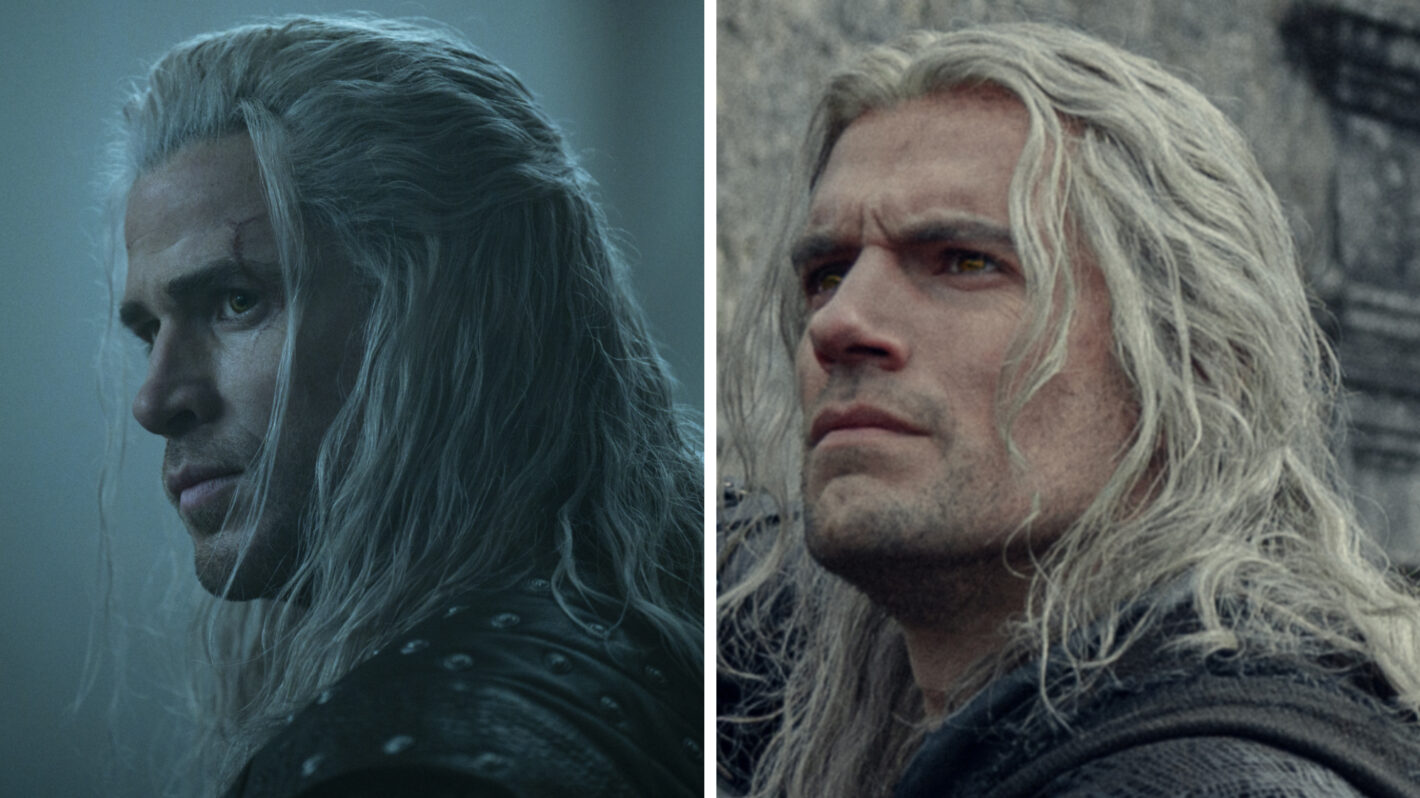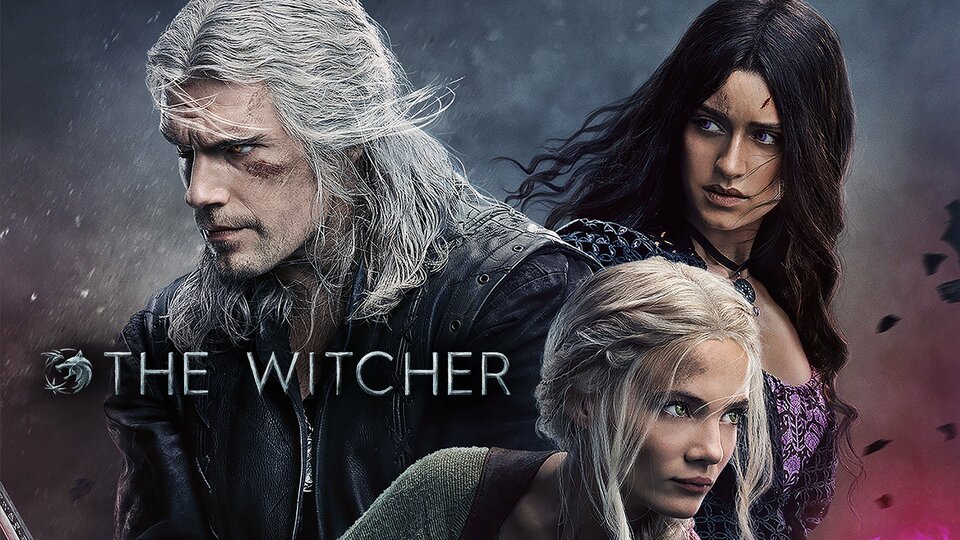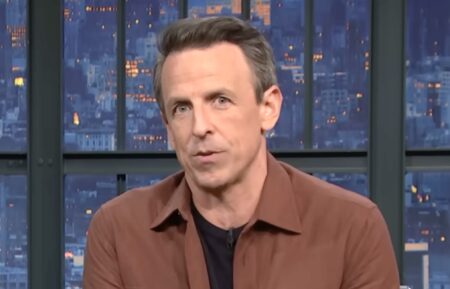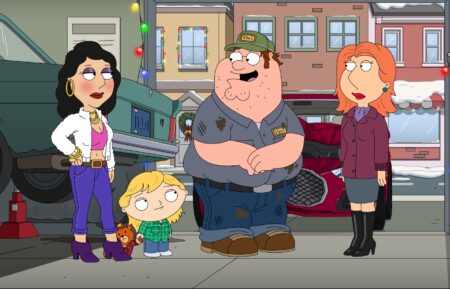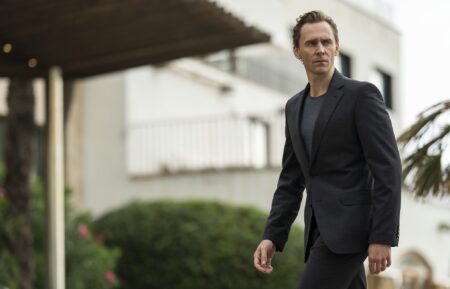‘The Witcher’ Boss Talks Liam Hemsworth’s ‘Funnier’ & More Vulnerable Take on Geralt
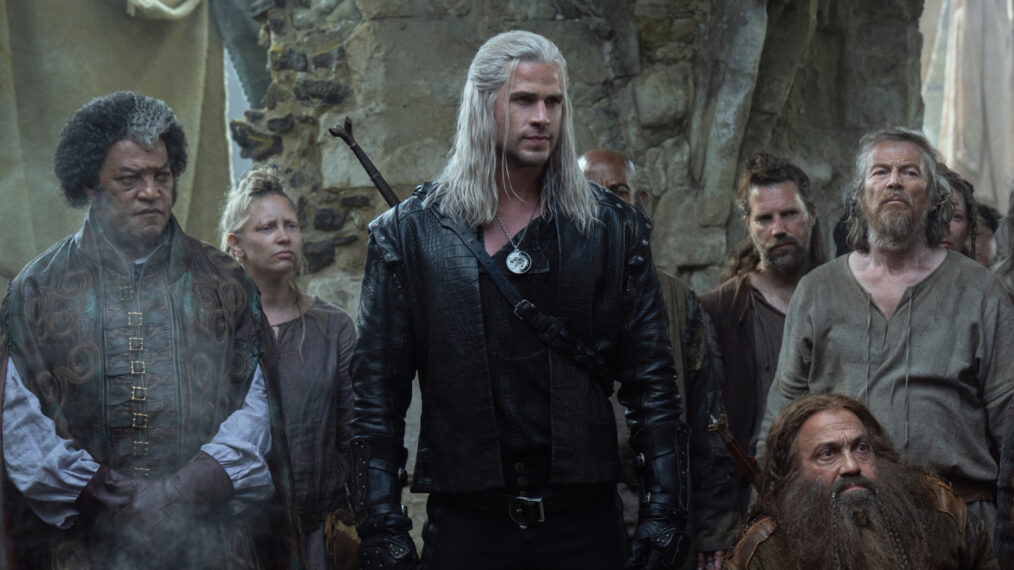
Exclusive
What To Know
- Season 4 of The Witcher introduces Liam Hemsworth as Geralt, focusing on his unique interpretation of the character while deepening the exploration of the core trio’s relationships and individual journeys.
- The showrunner, Lauren Schmidt Hissrich, emphasizes the challenge and excitement of keeping Geralt, Yennefer, and Ciri’s separate storylines emotionally connected and thematic links to maintain their found family dynamic.
- Adapting the beloved property involves balancing fan expectations with creative vision, highlighting the importance of giving equal narrative weight to all main characters, and showcasing strong, diverse representations within the fantasy genre.
The fourth season of Netflix‘s The Witcher returns fans to the Continent, continuing the story from the events of the previous season. The found family of Geralt of Rivia, Yennefer of Vengerberg, and Cirilla “Ciri” of Cintra (Liam Hemsworth, Anya Chalotra, and Freya Allan) has been separated, each forced to navigate their own dangerous journeys as they fight to reunite and survive in a world teetering on the edge of war.
This season marks a changing of the guard, as Hemsworth takes over the role of Geralt for Season 4, replacing Henry Cavill. However, despite the arrival of a new White Wolf, showrunner Lauren Schmidt Hissrich promises not only a return to form but also a deeper exploration of the series’ core relationships, mythology, and the high-stakes journey that will keep fans riveted.
In Season 4, Hissrich faced the dual challenge of introducing a new White Wolf and managing how audiences would receive him, while also navigating how the trio’s separate journeys would impact their bond. In her interview with TV Insider, she discussed the joy of working with Liam Hemsworth, the difficulty of keeping the story cohesive while splitting up its core characters, the art of adapting a beloved property, and how this season redefines the typical hero’s journey.

Netflix
Season 4 marks a huge transition with Liam Hemsworth stepping into Geralt’s boots. How did the creative team approach maintaining the character’s essence while allowing Hemsworth to bring something new to the role?
Hissrich: I think that really was guided by Liam. One of the most amazing things about Liam is that he’s incredibly honest. And the very first time we spoke, he challenged me in a few ways. I loved that. Anyone that has worked with me knows I love a conversation. I love delving deeper. And he felt that there were a couple of things that he really loved about Geralt from the video games or from the books that he wanted to bring to the show. And for me, that was such an exciting way to start our relationship, because he had huge shoes to fill.
What we didn’t want to do was feel like he was coming in and try to mimic anything. We wanted him to come in and fully own this character for himself. It’s a great credit to him that he was able to really organically sink into this Geralt, and to make him his own, to make him a little bit funnier. There is a sort of ease with which Liam moves through the world that he brought to the character, too. There’s a relaxation. But I would say the best difference this season — and this is partially just because the stories lent themselves to it — he brings a real vulnerability and a real emotionality to the character. And I think that you end Season 4 feeling a side of Geralt that you hadn’t seen before.
Season 4 seems to recapture that Season 1 energy — the three leads forging their own paths through moral gray areas and personal loss. How do you balance that emotional weight with their separation while keeping all their destinies entwined with the idea of where it’s going to go in Season 5?
It’s such a great question because it was one of the biggest challenges of the season. Truly, we knew that Season 3 ends with the three characters on completely different paths, to the point that Ciri has renamed herself Falca. So we also knew, and again, bringing Liam in, we have a trio that looks a little bit different than before. We had to recapture all of that energy of this family and how much they want to be back together.
So, a couple of things. One, we relied on some flashbacks, which were really fun to film with Liam. Two, we keep them kind of spiritually aligned — I guess is the best way to say it — that even though they’re on these three journeys, they are all pushing for the same thing. And I think there are a lot of themes that resonate across all three of their stories. And then we found ways to connect them in dreams sometimes.
It was really a huge challenge, but I would say a really exciting one, because each of them also gets to flesh out their own character and their own journey, who they are as individuals.
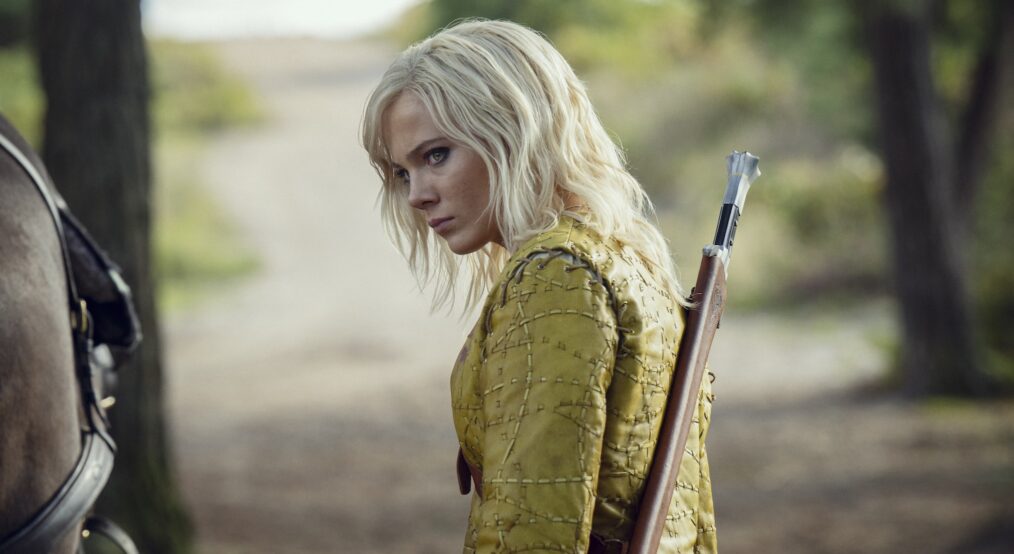
Susie Allnutt/Netflix
The Witcher is an unusual tale in that we are given not one, but three distinct hero journeys that are given equal attention. How does telling three parallel transformation stories challenge — or even redefine — the traditional fantasy formula? What do you think these overlapping paths reveal about the show’s idea of heroism?
Even as you were asking, I was thinking, “Would I consider them all hero’s journeys?” And I think one of the things that we try to celebrate is that basically everyone is the hero of their own story. I mean, that’s how we live life, right?
We’re the center of our own worlds. I don’t know that any of them would consider themselves heroes, but I think that one of the things that I — really from Season 1 — wanted to bring to the show was that no one was just waiting in the wings to sort of swoop in and be a part of someone else’s story, no matter what. Even though the core of the show is about family and about this trio, they each had to have fully realized characters and journeys.
I think probably the most evident one, probably to fans, is Yennefer’s because she does not have a lot of standalone stories in the books. She’s a character that we do have to occasionally create from the ground up, and what she’s going through. Season 4 is a perfect example. In [the book] Baptism of Fire, she’s actually a jade statue for a portion of the book. And we knew we weren’t going to do that. We knew that Yennefer had to have a fully realized story. I think that the challenge of keeping all of them on their own paths, but remembering that they are a greater sum together. I think that’s sort of the line that we’re always trying to walk.
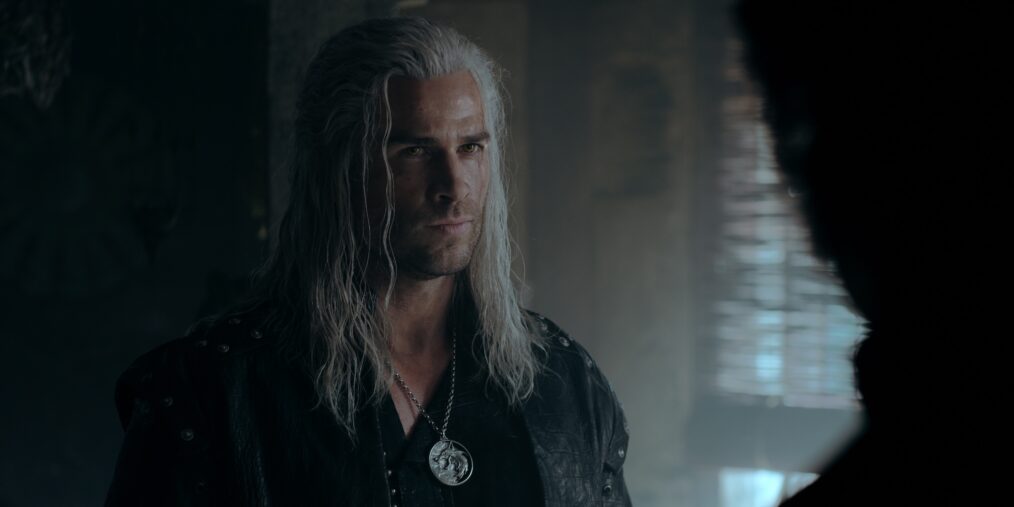
Netflix
You have a lot of experience with successful adaptations. What’s the key to adapting a beloved property for television, especially when you’re working with a devoted fan base and high expectations? How do you decide what to change when certain parts of the original story, even fan favorite moments, just don’t translate to the screen?
Something that we always try our best to do is choose the parts that we think most resonate with us. You know, we’re fans of the books, too. So we think, “Okay, what do we love as fans? And hopefully that’s what other fans love.” There are some things that I wish I could redo. Of course, you know, hindsight is always 20-20, you always look back and think, What if I’d had in Season 1, Geralt and Ciri meet in Brokilon earlier in the season, like they do in the books. They meet before they know they’re destined for one another.
I don’t know that there’s a trick to it. I think that we, the only thing we can do is choose what our vision is going to be at the very beginning. For me, the most important thing was for fans to remember that The Witcher isn’t just about Geralt. It never has been. In fact, in the books, The Witcher becomes Ciri. Ciri is the titular character of this series, so I think it was important to me that Yennefer and Ciri be as big of characters as Geralt, and that we really get to see all of them shine.
Is it controversial at times? Absolutely, but I think it was the path to success for the show, and I think that a lot of the audience is there because they see things like strong female characters or a diverse cast, a diverse world that you don’t always get in fantasy. I think that’s part of what makes us stand out.
The Witcher, Season 4, all episodes available on October 30, Netflix

Liam Hemsworth
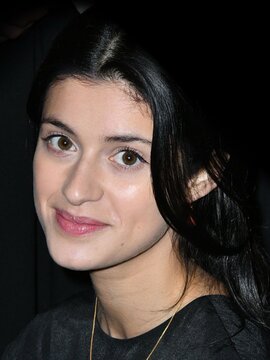
Anya Chalotra

Freya Allan
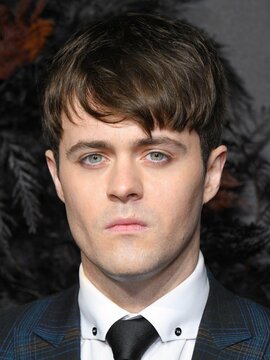
Joey Batey
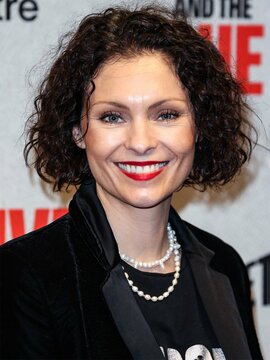
MyAnna Buring

Eamon Farren
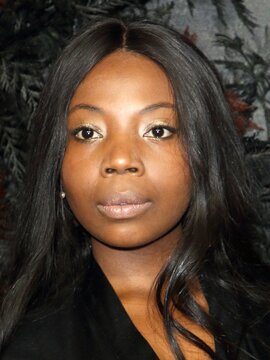
Mimî M Khayisa
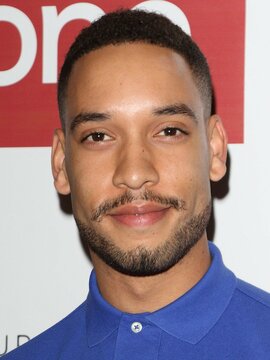
Royce Pierreson

Anna Shaffer
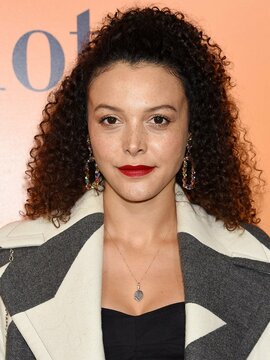
Mecia Simson
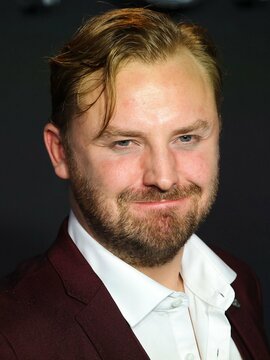
Tom Canton

Mahesh Jadu
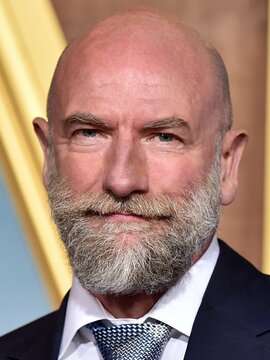
Graham McTavish
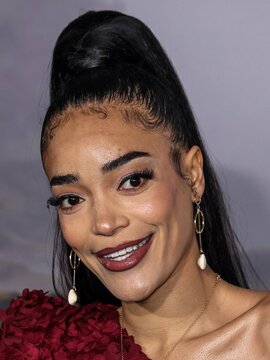
Cassie Clare

Hugh Skinner
Wilson Mbomio
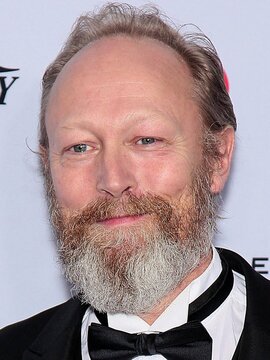
Lars Mikkelsen
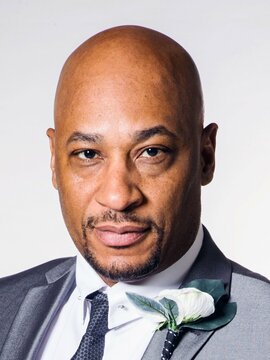
Terence Maynard

Simon Callow
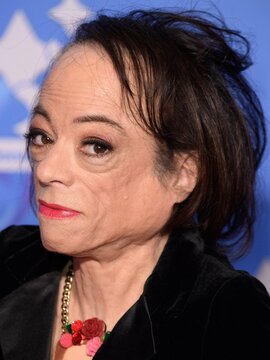
Liz Carr

Therica Wilson-Read
Safiyya Ingar
Rochelle Rose
Michalina Olszanska
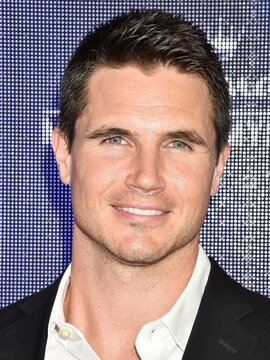
Robbie Amell
Jeremy Crawford

Bart Edwards
Aisha Fabienne Ross
Christelle Elwin
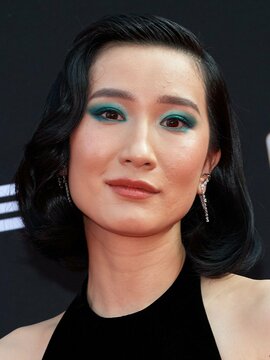
Meng'er Zhang
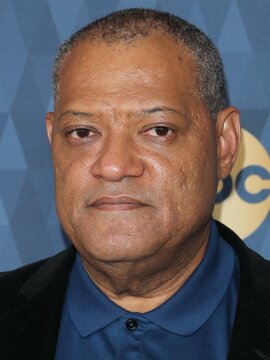
Laurence Fishburne
⨁Full Cast & Crew
